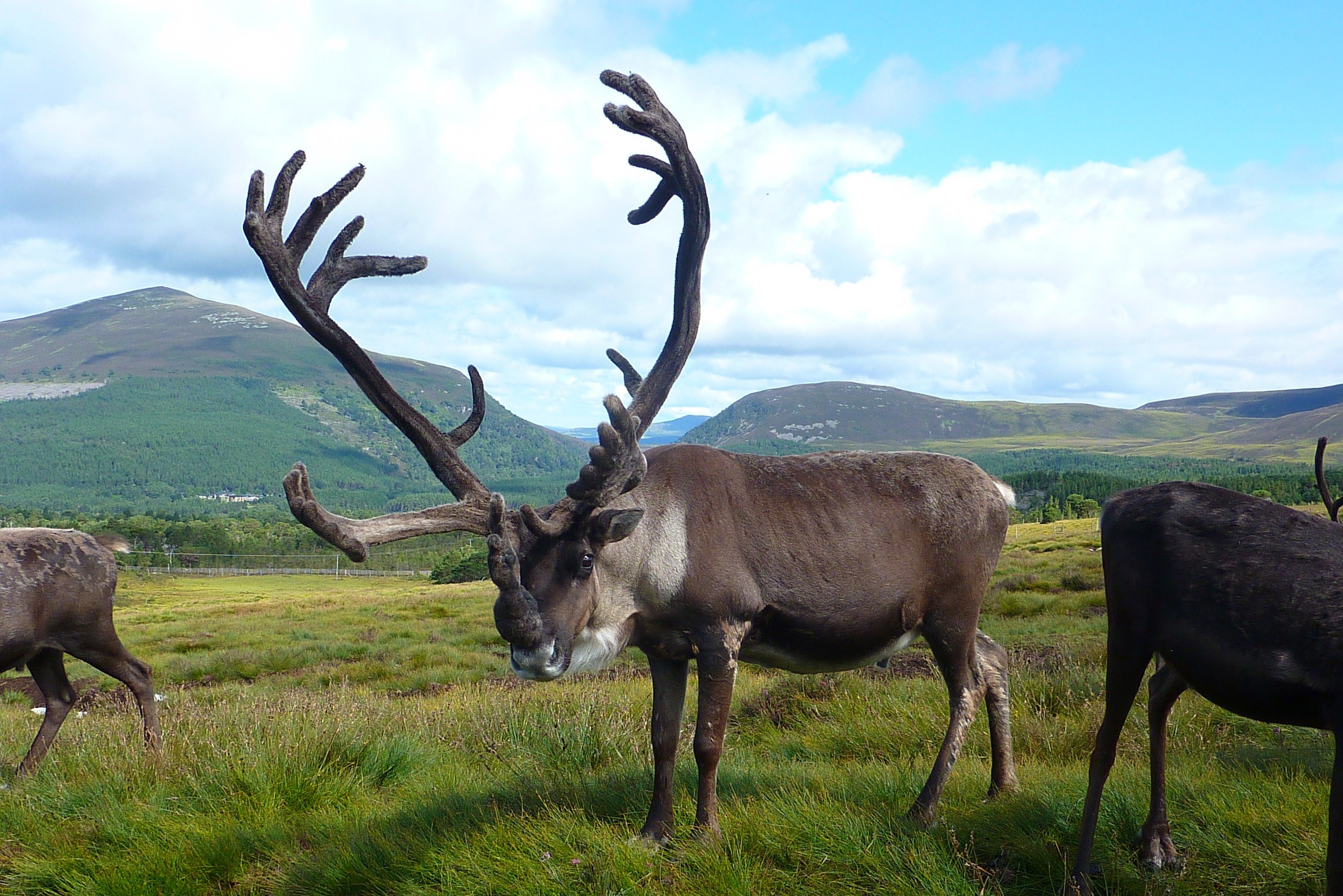If I was a gardener I would be looking out for the first signs of spring, daffodils pushing out of the ground and buds beginning to form on the trees. But I’m not. I’m a reindeer herder so the buds of spring I look out for are the newly growing reindeer antlers which begin to grow first among the mature bulls.

Having lost their old antlers at the end of last year our mature bulls, like Balmoral, Bovril and Pera have spent the last few months antlerless which is not a good place to be because with no antlers you are at the bottom of the peck order. Even the wee calves, only 10 months old, still have their antlers and can boss any antlerless reindeer around!

Mature bull reindeer grow the largest antlers in the herd and so to achieve this they need to start growing their antlers early. Despite still being winter here the bulls will divert food resources to growing these new antlers and this week I have just noticed the first buds of velvet antler appearing on their heads.

Velvet antler is the fastest growing living tissue in the animal kingdom and from nothing on their heads these bull reindeer will have fully grown antlers, measuring up to 1 metre in length and weighing anything up to 10kg by the middle of August. Although the rate of growth will be slow just now, by the spring/summer the antlers visibly grow each day, with a growth rate of about 1cm/day.


Antlers are entirely composed of bone and to grow need a blood supply to the growing tip. The blood supply is carried by the velvet skin covering the developing bone and the velvet skin also acts as a protective cover. The velvet is also full of nerves, which make the growing antlers sensitive to contact, so protecting the soft growing tissue from injury.
Because the blood is so close to the surface the antlers always feel warm and radiate considerable heat. Indeed some scientists suggest that the antlers are important radiators of heat that help reindeer to ‘keep cool’ in the summer time.
The ultimate size of the bulls antlers depends on a number of factors but genetics and nutrition are the most important ones. The more they eat the bigger their antlers grow and if they come from parents who grew big antlers then they will more than likely grow large ones themselves. Crann has grown the biggest antlers ever in our herd and that is partly due to his parentage, his mother Burgundy grew extremely big antlers for a female. But also Crann has an insatiable appetite, always there for extra food, despite being an old reindeer now!
Tilly












